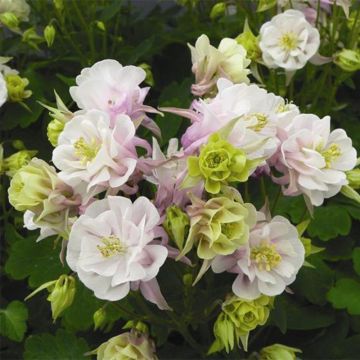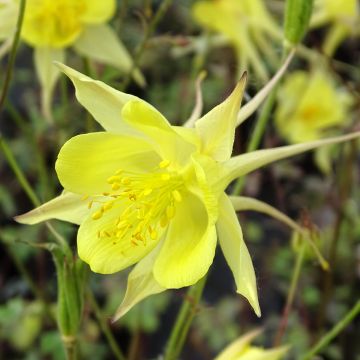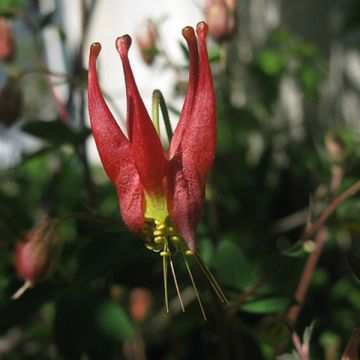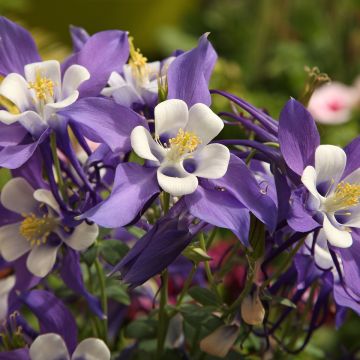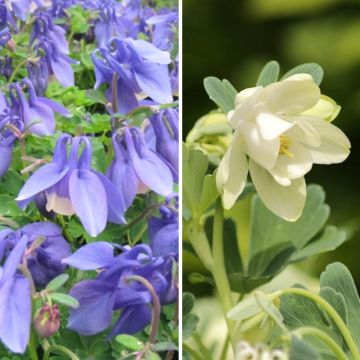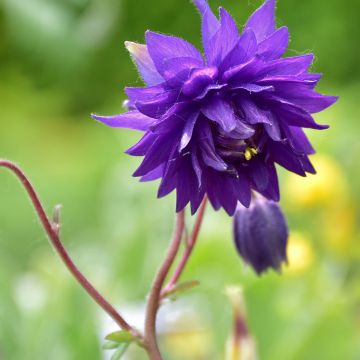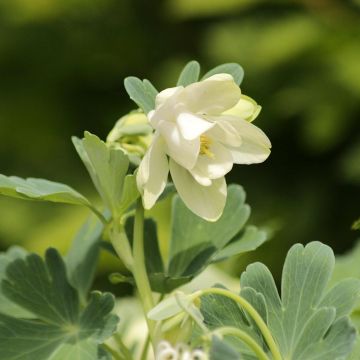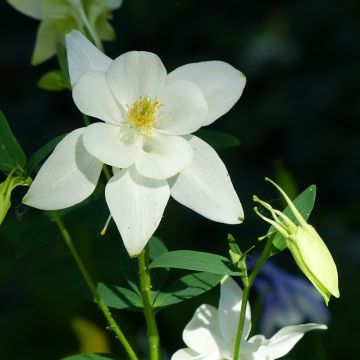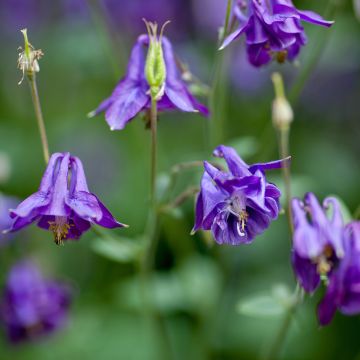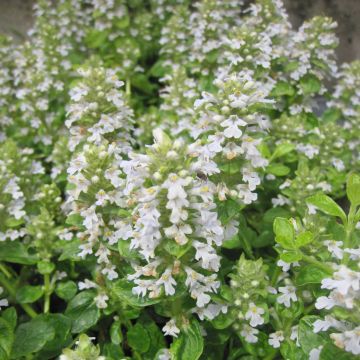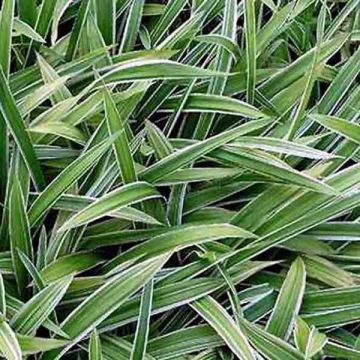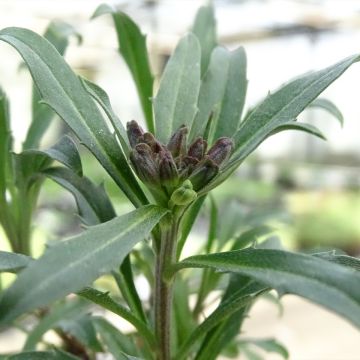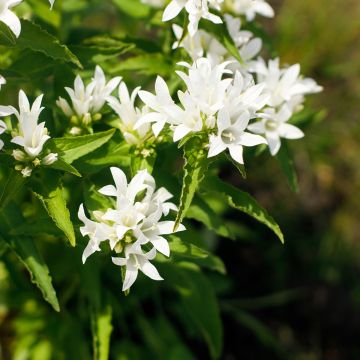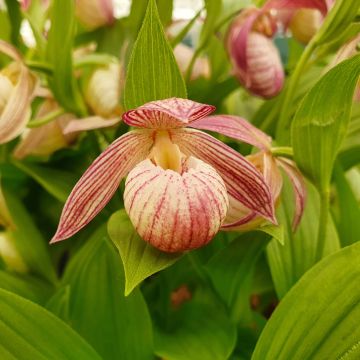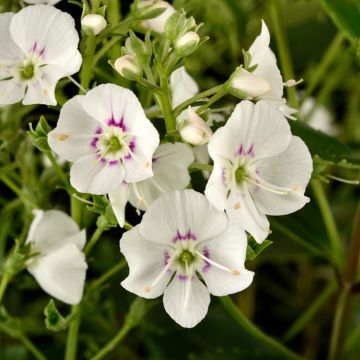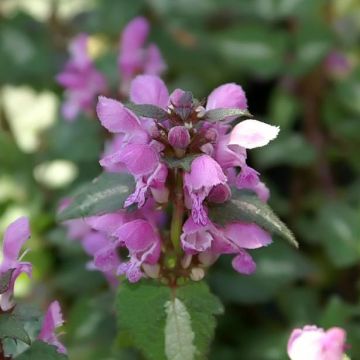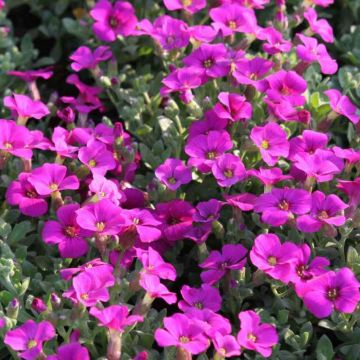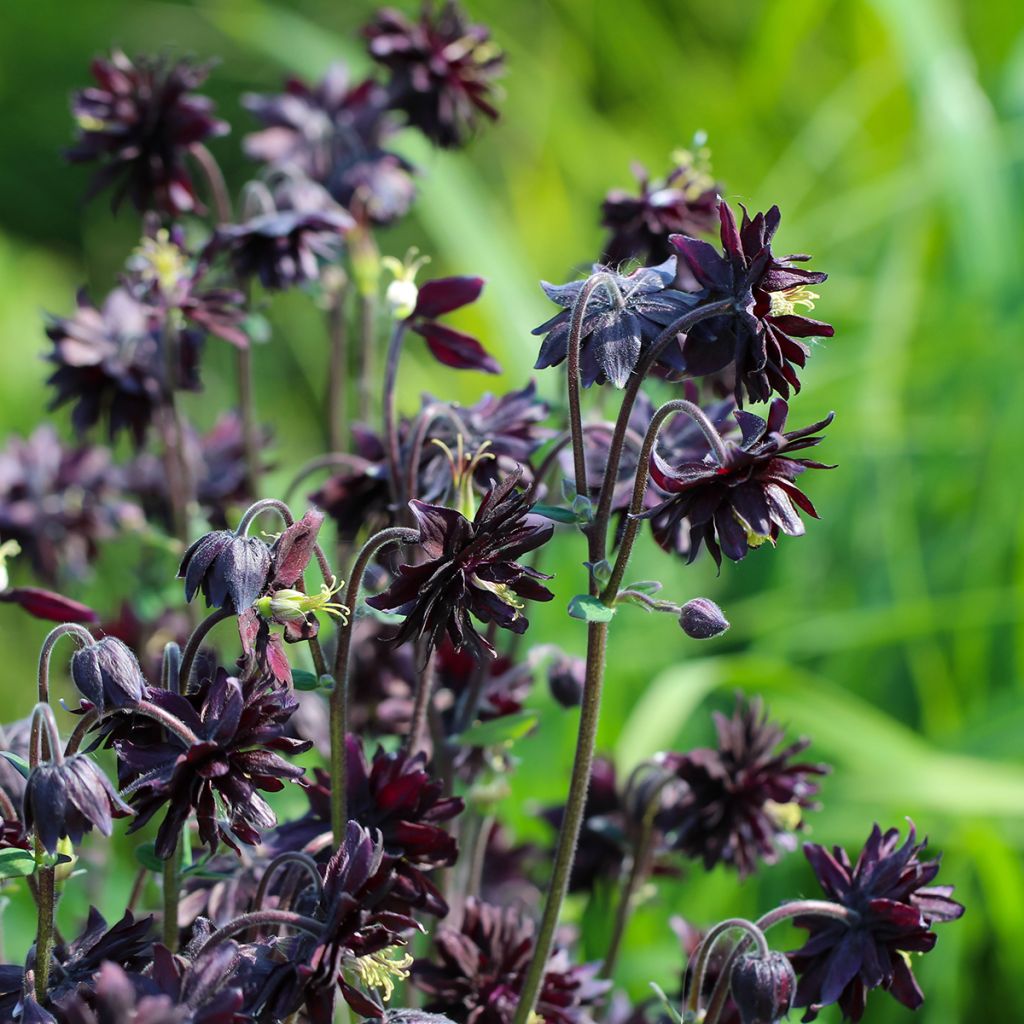

Aquilegia vulgaris var. stellata Black Barlow - Columbine
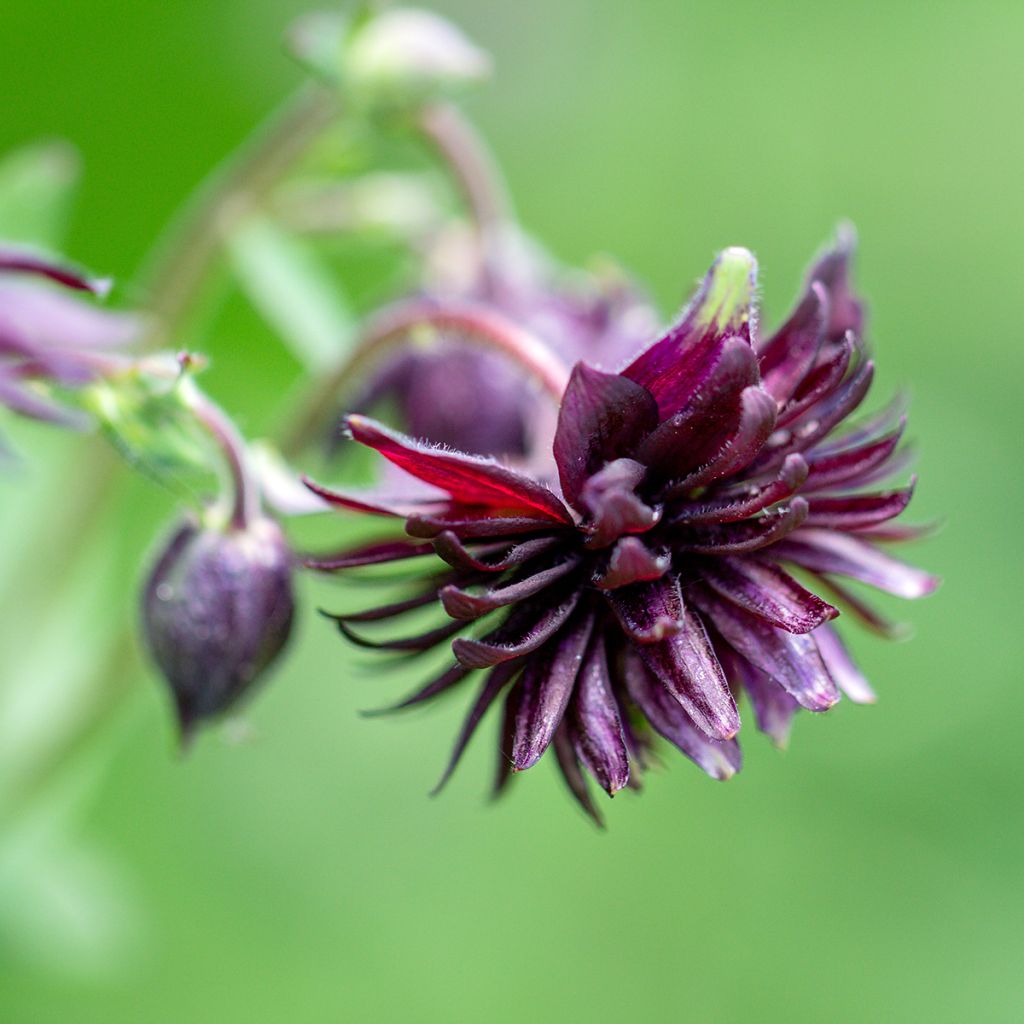

Aquilegia vulgaris var. stellata Black Barlow - Columbine
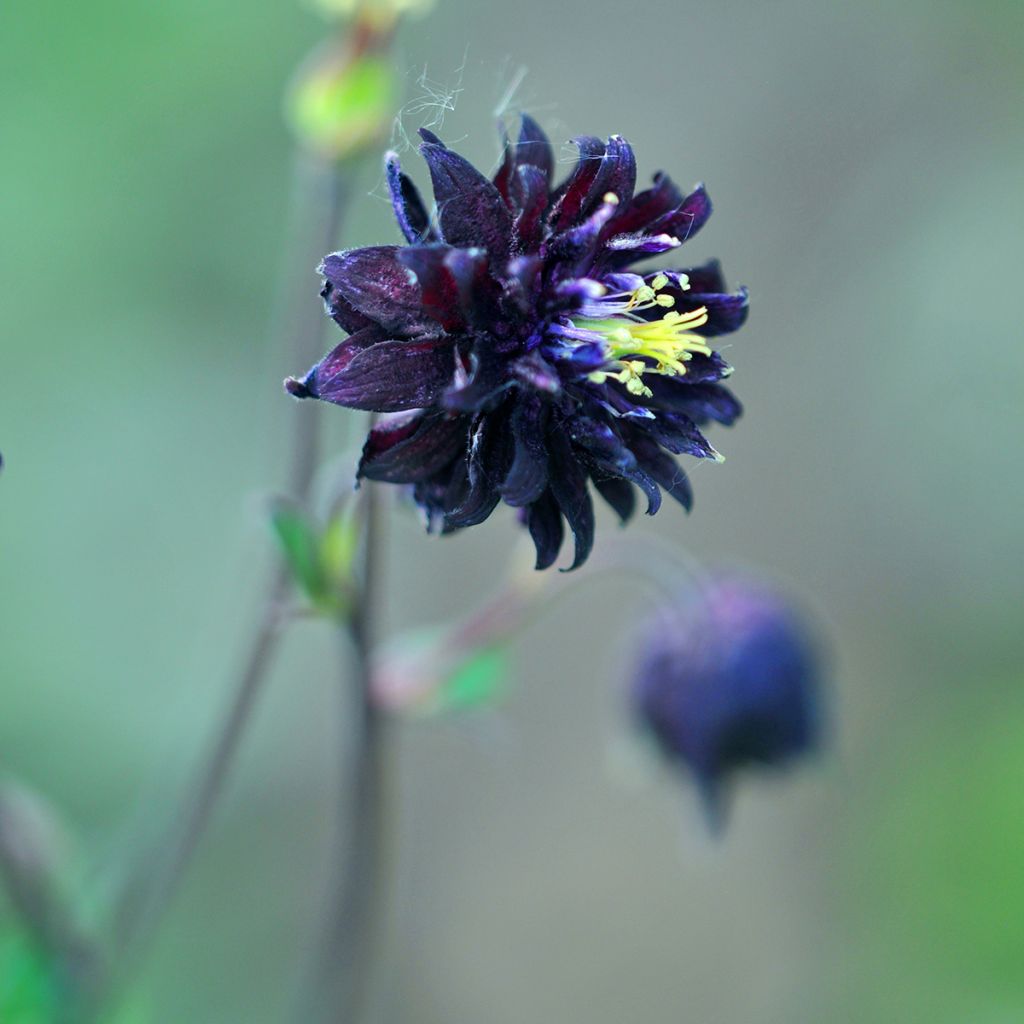

Aquilegia vulgaris var. stellata Black Barlow - Columbine
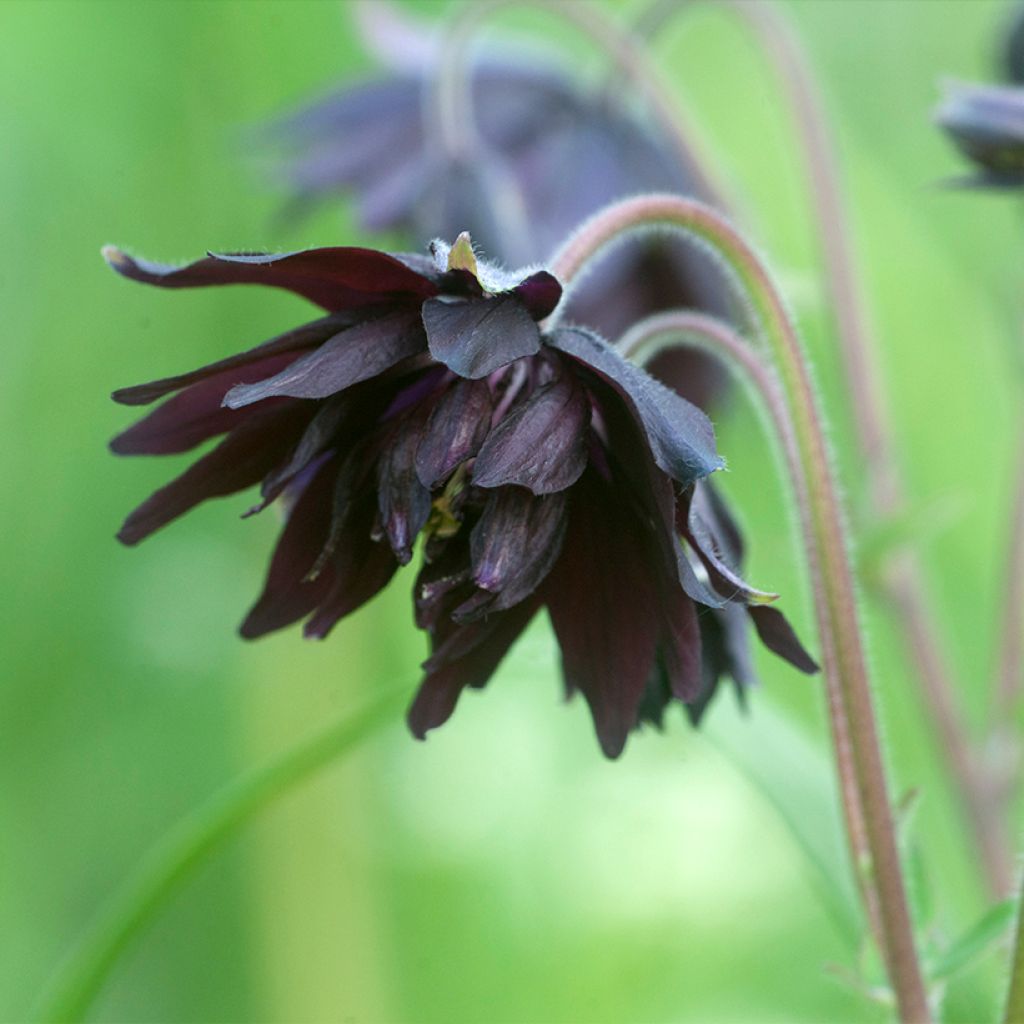

Aquilegia vulgaris var. stellata Black Barlow - Columbine
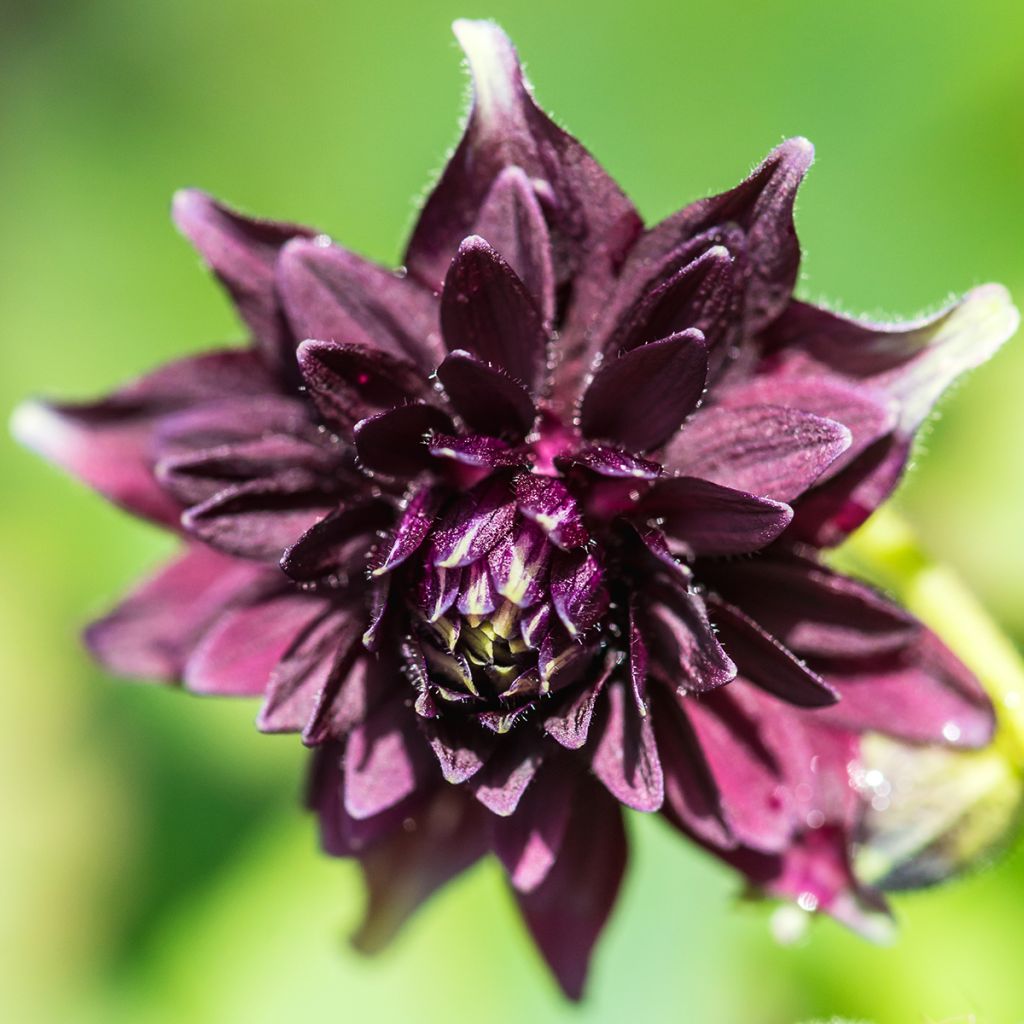

Aquilegia vulgaris var. stellata Black Barlow - Columbine
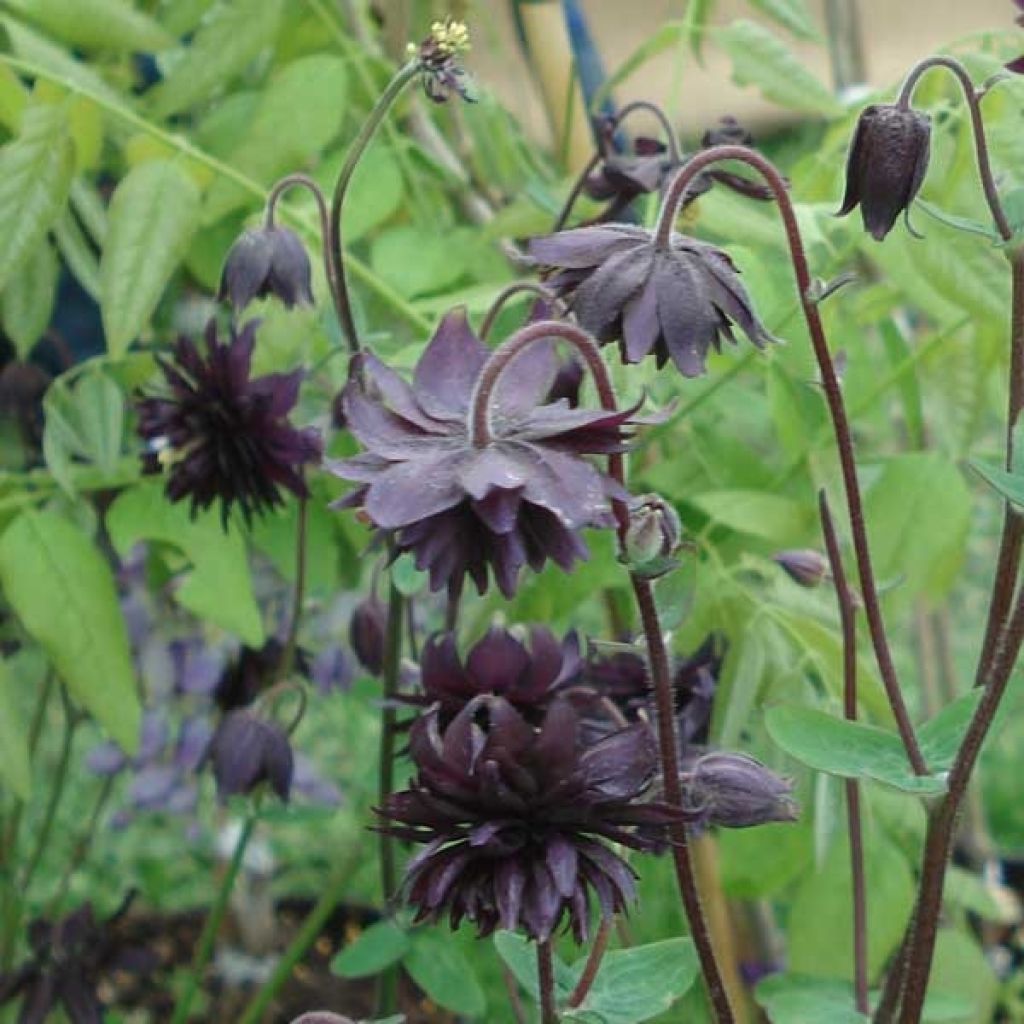

Aquilegia vulgaris var. stellata Black Barlow - Columbine
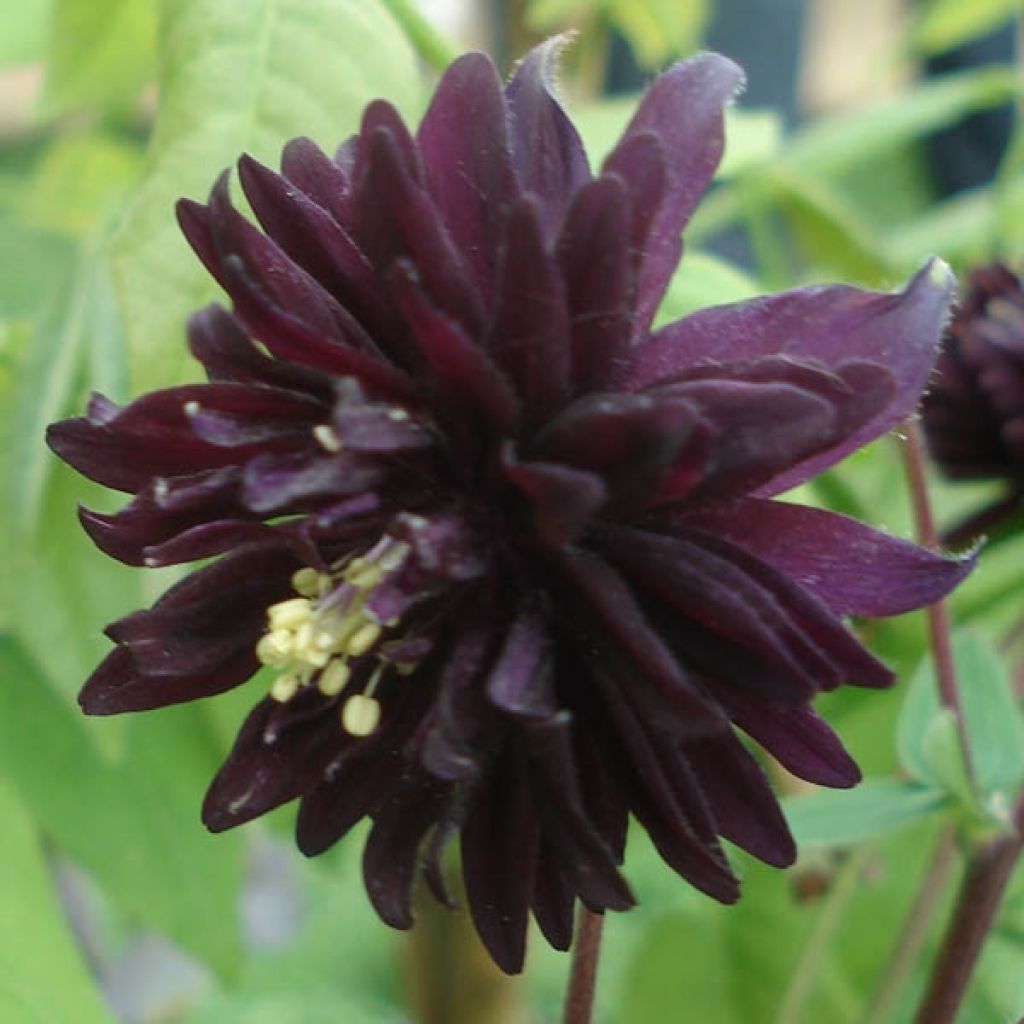

Aquilegia vulgaris var. stellata Black Barlow - Columbine
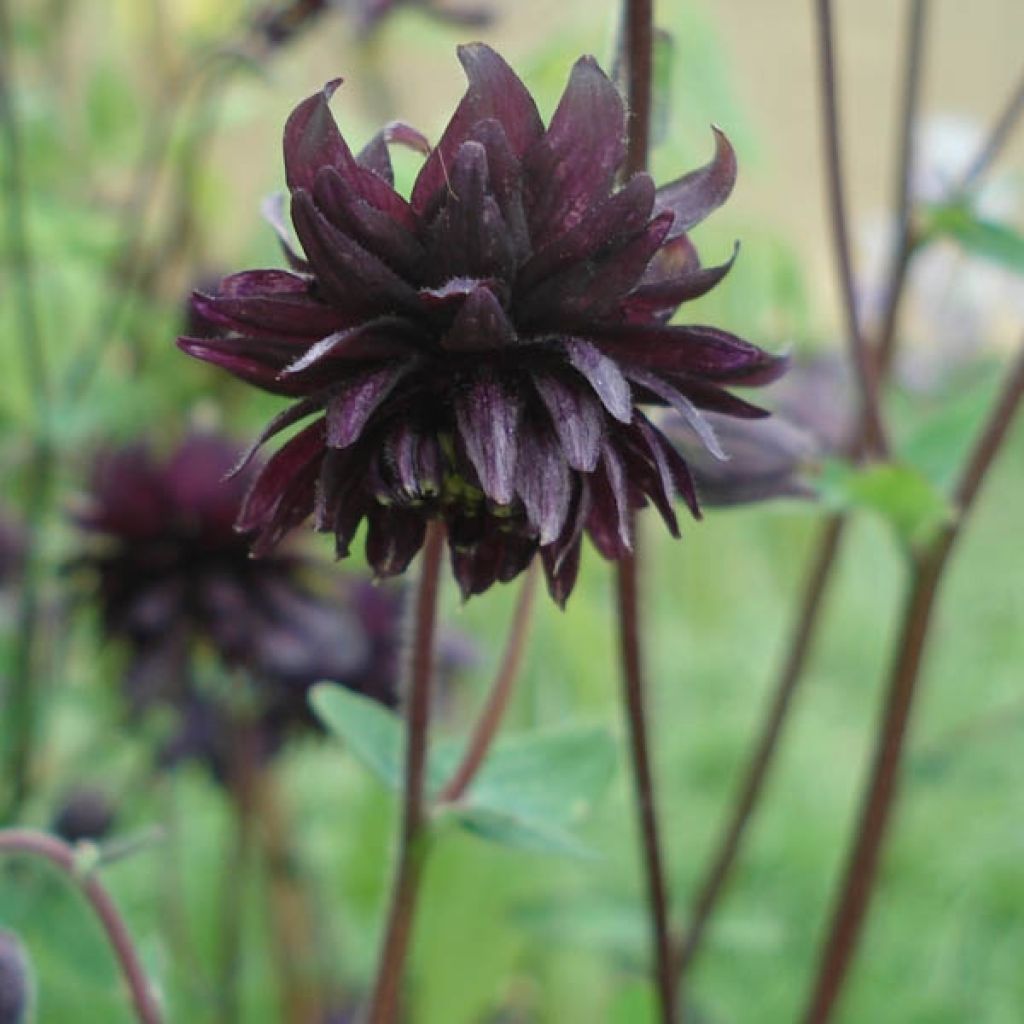

Aquilegia vulgaris var. stellata Black Barlow - Columbine
Aquilegia vulgaris var. stellata Black Barlow - Columbine
Aquilegia vulgaris var. stellata Black Barlow
European Columbine, Common Columbine, Granny's Nightcap, Granny's Bonnet
Planted in April, we were able to enjoy a very beautiful flower.
Isabelle, 31/05/2023
This item cannot be shipped to the selected country
Delivery charge from €5.90
More information
Delivery charge from €5.90
More information
Schedule delivery date,
and select date in basket
This plant carries a 12 months recovery warranty
More information
We guarantee the quality of our plants for a full growing cycle, and will replace at our expense any plant that fails to recover under normal climatic and planting conditions.
From €5.90 for pickup delivery and €6.90 for home delivery
Express home delivery from €8.90.

Does this plant fit my garden?
Set up your Plantfit profile →
Description
Aquilegia vulgaris var. stellata 'Black Barlow' is an astonishing variety from the Barlow series; it stands out with its original trailing pompom flowers which are dark purple, almost black. From May to July, these very double flowers appear at the end of slender stems. In good garden soil that remains moist in summer, 'Black Barlow' will be easy to grow and will add a lot of character to your beds. Its dark charm will naturally blend into a romantic garden, but this columbine will also be very well-suited to a contemporary garden thanks to its unusual colour.
Aquilegia vulgaris 'Black Barlow' belongs to the Ranunculaceae family. It is a cultivar derived from Aquilegia vulgaris, native to Europe, North Africa and temperate Asia, where it grows in meadows, and deciduous woodland clearings. The Barlow series was created in tribute to Emma Nora Barlow, granddaughter of the naturalist Charles Darwin, who was also passionate about botany.
'Black Barlow' is a very hardy herbaceous perennial; it forms an upright, leafy clump, 60 cm (24in) tall and 25 cm (10in) wide, from which long floral spikes rise. From May to June-July, charming very double flowers of about 3 cm (1in) in diameter appear at the end of these slender and branched stems. Unlike other columbines, they lack long horned spurs; the dark purple petals form a pompom around a pale yellow stamen heart. Its deciduous bluish-green foliage is quite decorative, and the serrated basal leaves give a sense of lightness.
Columbines are completely hardy perennials. They thrive best in partial shade or non-scorching sunlight, in rich and humus-rich soil that remains consistently moist. However, they are short-lived plants surviving between two and four years, rarely more than five. They compensate for this with abundant self-seeding!
Aquilegias were cultivated in medieval flower beds, and cottage gardens have perpetuated the tradition. Compact and unassuming, they are essential in mixed borders, where they bring lightness and charm. They can also be planted in many different parts of the garden, taking care to leave a space of 20 cm (8in) around each plant: in the middle of a perennial bed, in a border, at the base of bushes, along woodland edges, or on a slope. They will be magnificent when planted in groups to create a dense clump. In flower beds, with a "cottage garden" style, 'Black Barlow' columbine can be associated with all kinds of perennials, such as Foxgloves, Bleeding Hearts, or Peach-leaved Bellflowers. Play with colours by contrasting it with orange, yellow, or white flowers, or enhance its informal look by pairing it with grasses. Pick them when they are just opening for wonderful wildflower bouquets.
Aquilegia vulgaris var. stellata Black Barlow - Columbine in pictures


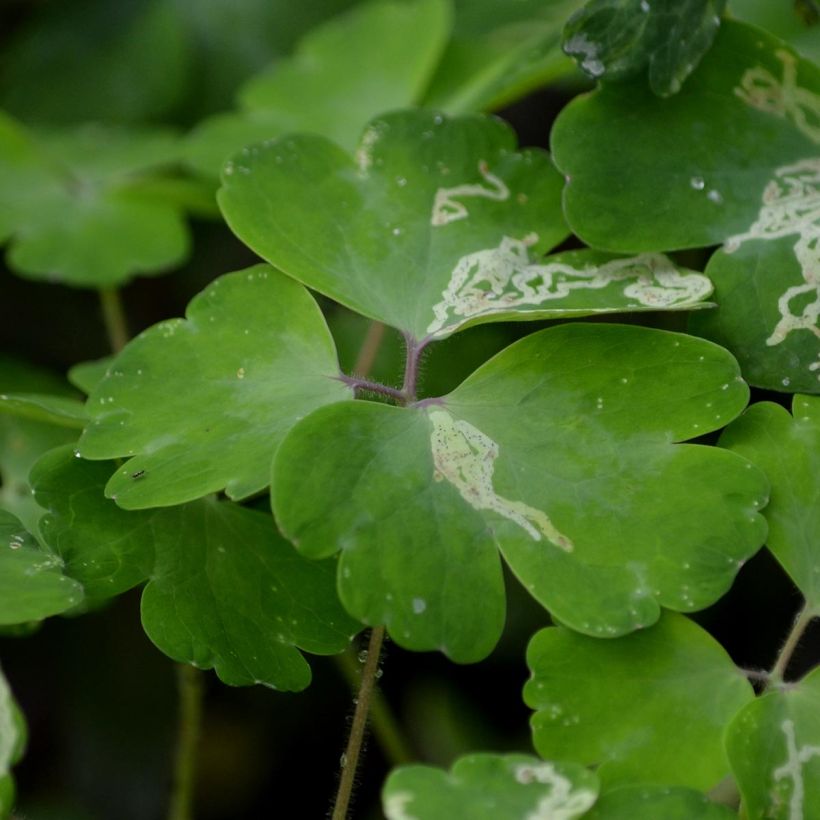

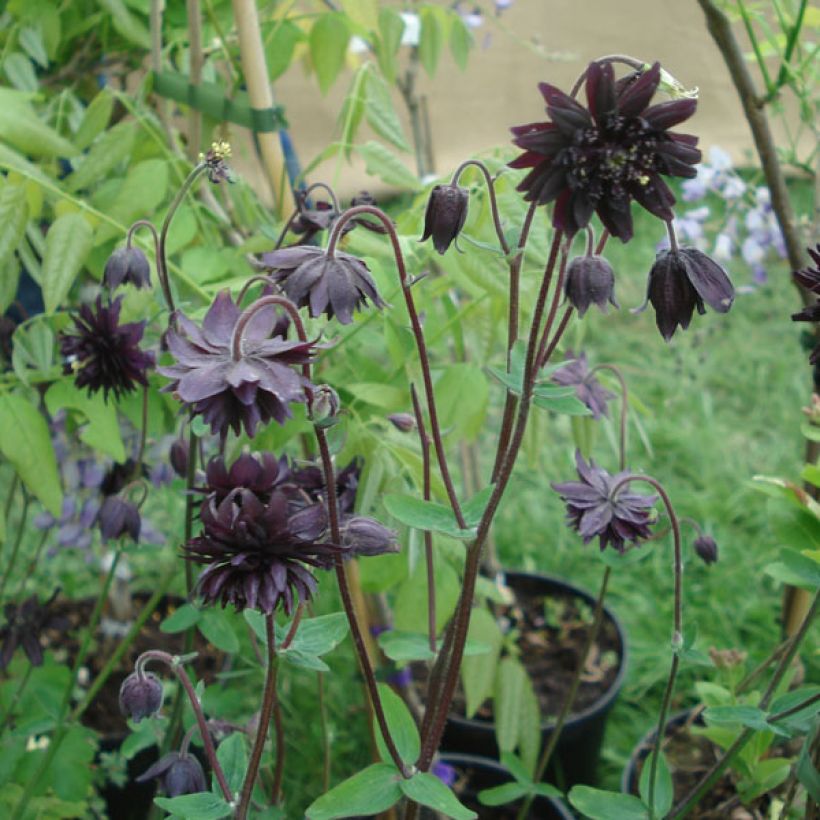

Flowering
Foliage
Plant habit
Botanical data
Aquilegia
vulgaris
var. stellata Black Barlow
Ranunculaceae
European Columbine, Common Columbine, Granny's Nightcap, Granny's Bonnet
Cultivar or hybrid
Other Aquilegia
Planting and care
Aquilegia 'Black Barlow' is very hardy and thrives in any exposure, with a preference for non-scorching sun or light shade. Ordinary soil, even limestone, suits it as long as it is light, moist, and humus-bearing. Planting is best done in spring, from March to April, or in September. Highly resistant to diseases, it can however sometimes be attacked by aphids and caterpillars and attack by snails and slugs is common on young plants. Columbines easily self-seed in the garden, so leave a few flower spikes to produce seeds. Keep only the stems of the most vigorous plants as this operation exhausts the plant and reduces its longevity, which is rather short for a perennial, 3 to 4 years. Seed-grown plants can be interesting, but not necessarily true to the parent plant.
Planting period
Intended location
Care
-
, onOrder confirmed
Reply from on Promesse de fleurs
Spring flowering perennials
Haven't found what you were looking for?
Hardiness is the lowest winter temperature a plant can endure without suffering serious damage or even dying. However, hardiness is affected by location (a sheltered area, such as a patio), protection (winter cover) and soil type (hardiness is improved by well-drained soil).

Photo Sharing Terms & Conditions
In order to encourage gardeners to interact and share their experiences, Promesse de fleurs offers various media enabling content to be uploaded onto its Site - in particular via the ‘Photo sharing’ module.
The User agrees to refrain from:
- Posting any content that is illegal, prejudicial, insulting, racist, inciteful to hatred, revisionist, contrary to public decency, that infringes on privacy or on the privacy rights of third parties, in particular the publicity rights of persons and goods, intellectual property rights, or the right to privacy.
- Submitting content on behalf of a third party;
- Impersonate the identity of a third party and/or publish any personal information about a third party;
In general, the User undertakes to refrain from any unethical behaviour.
All Content (in particular text, comments, files, images, photos, videos, creative works, etc.), which may be subject to property or intellectual property rights, image or other private rights, shall remain the property of the User, subject to the limited rights granted by the terms of the licence granted by Promesse de fleurs as stated below. Users are at liberty to publish or not to publish such Content on the Site, notably via the ‘Photo Sharing’ facility, and accept that this Content shall be made public and freely accessible, notably on the Internet.
Users further acknowledge, undertake to have ,and guarantee that they hold all necessary rights and permissions to publish such material on the Site, in particular with regard to the legislation in force pertaining to any privacy, property, intellectual property, image, or contractual rights, or rights of any other nature. By publishing such Content on the Site, Users acknowledge accepting full liability as publishers of the Content within the meaning of the law, and grant Promesse de fleurs, free of charge, an inclusive, worldwide licence for the said Content for the entire duration of its publication, including all reproduction, representation, up/downloading, displaying, performing, transmission, and storage rights.
Users also grant permission for their name to be linked to the Content and accept that this link may not always be made available.
By engaging in posting material, Users consent to their Content becoming automatically accessible on the Internet, in particular on other sites and/or blogs and/or web pages of the Promesse de fleurs site, including in particular social pages and the Promesse de fleurs catalogue.
Users may secure the removal of entrusted content free of charge by issuing a simple request via our contact form.

































